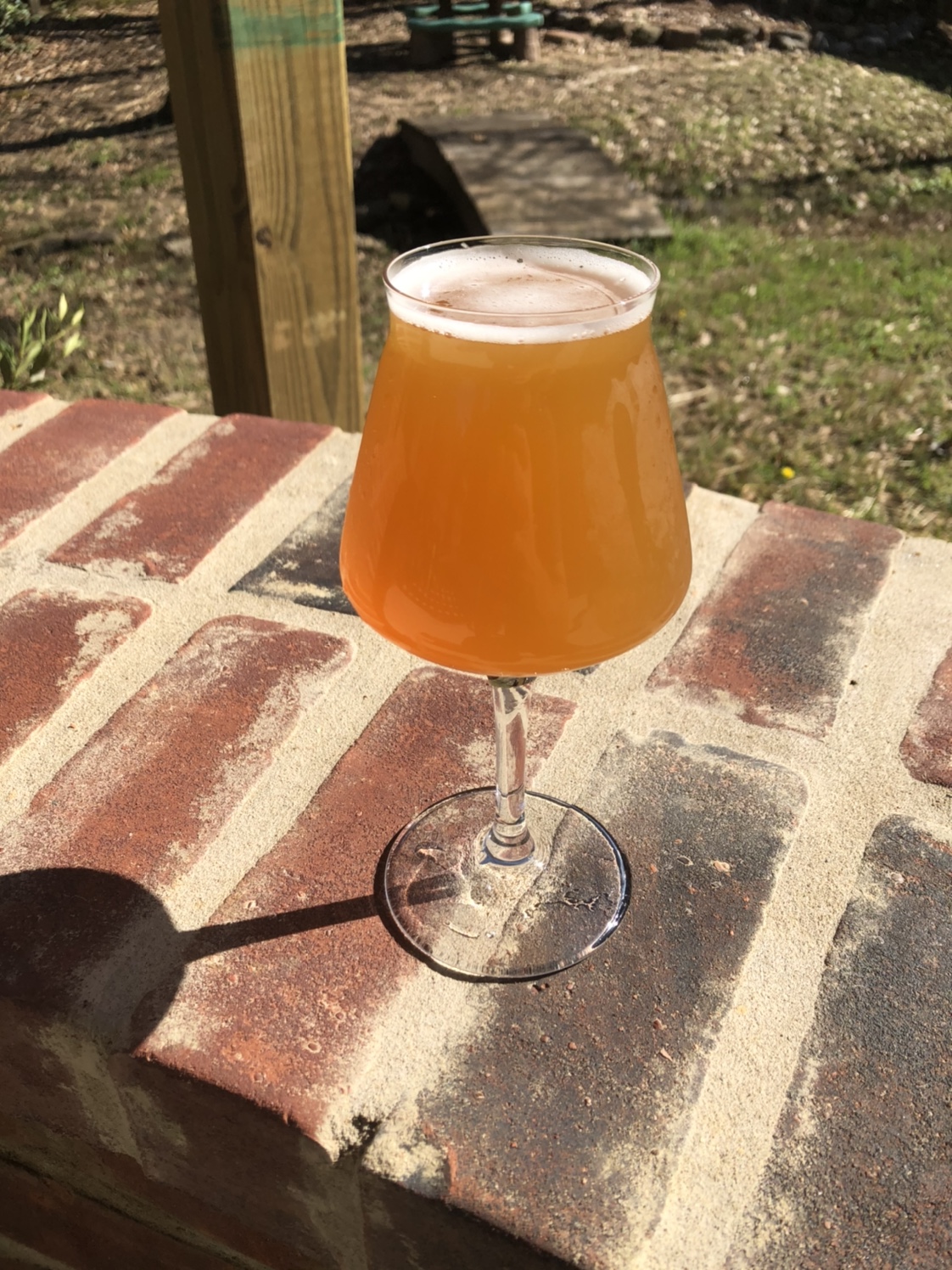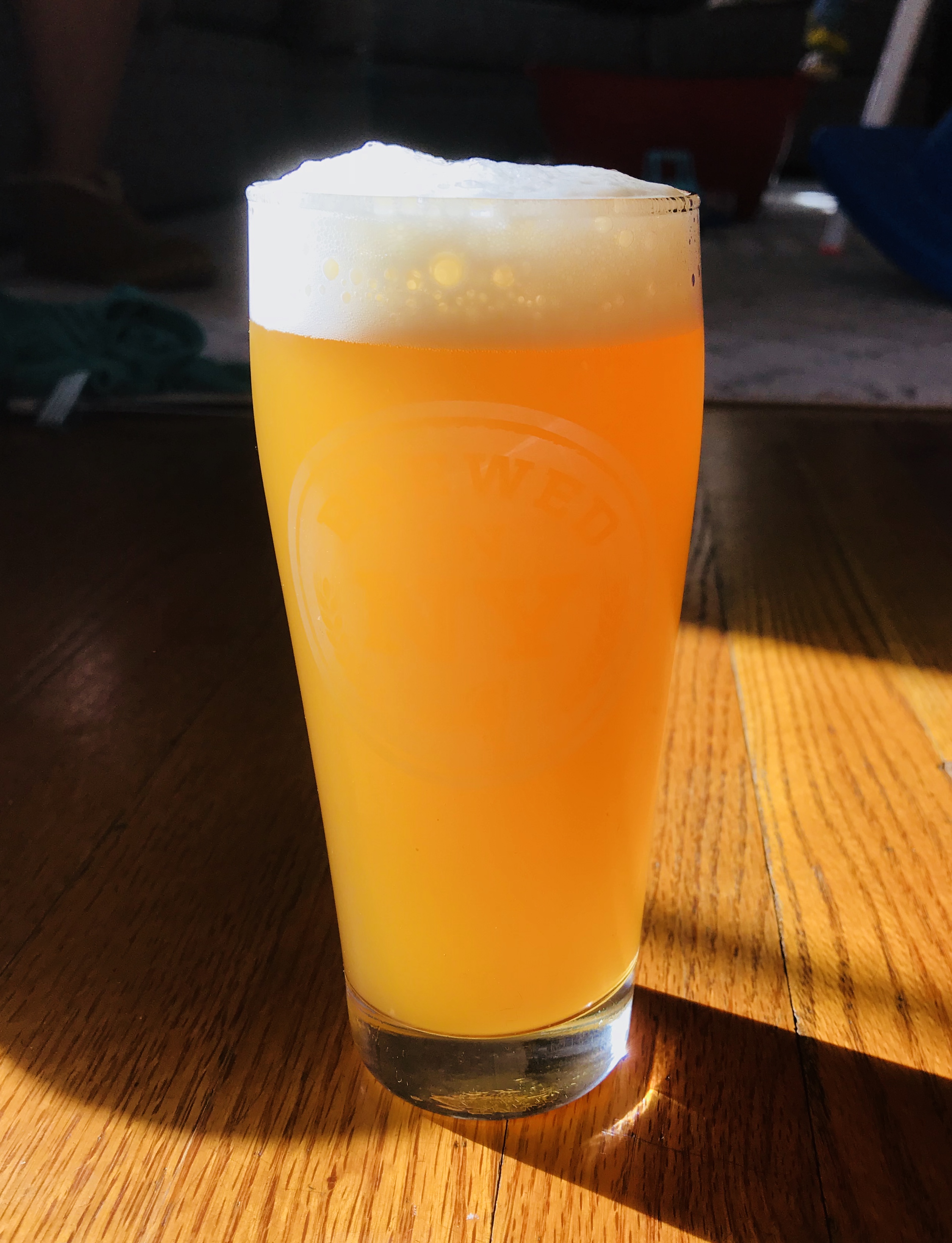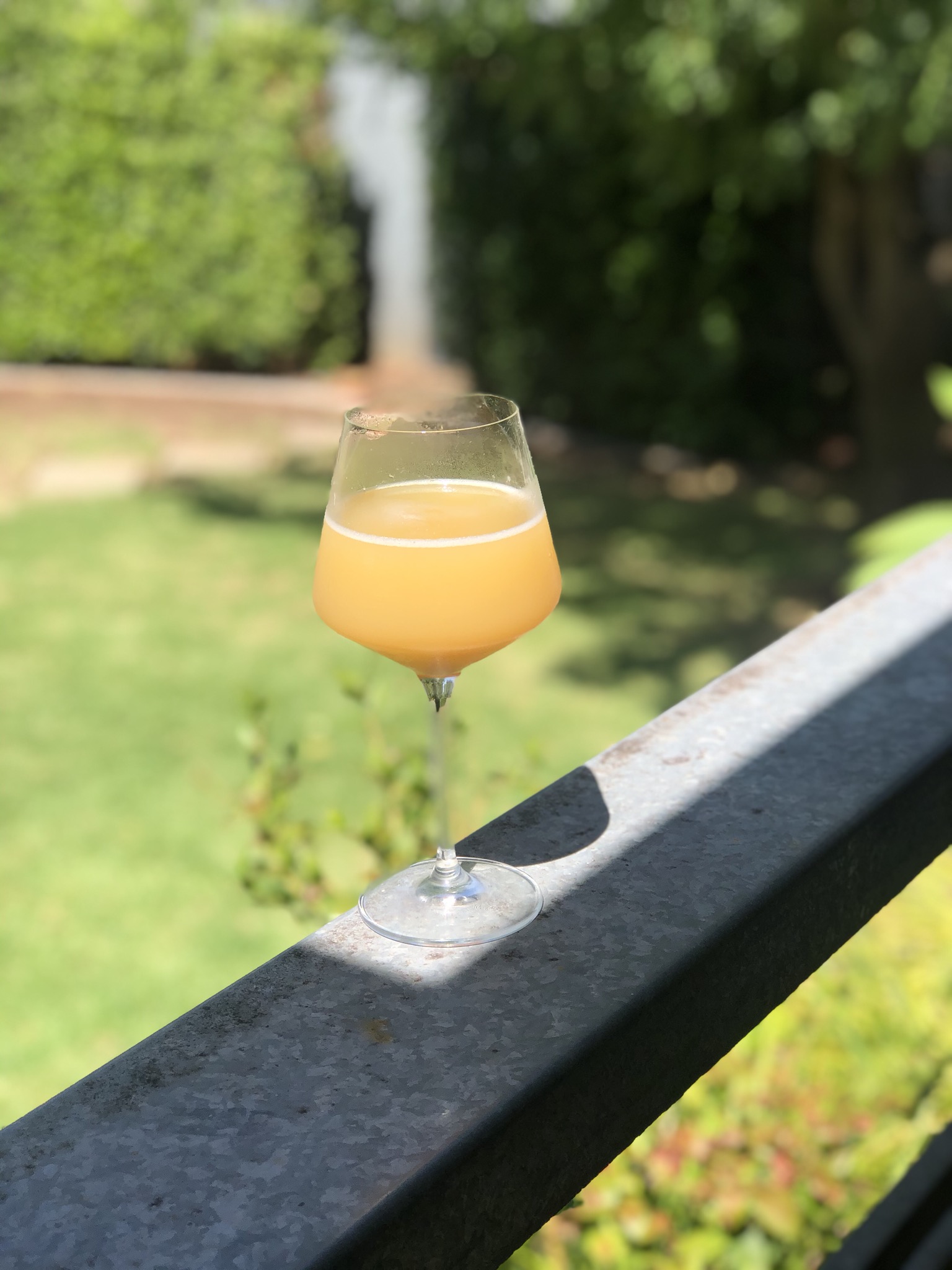Here's my take on spunding.
This may be obvious to some, but you have to be
very deliberate about how you do it. Janish posted something here:
http://scottjanish.com/headspace-hazy-ipa-oxidation/
He kind of alludes to it. I think the problem here was that he pressurized with air inside. If you do this or you pressurize right at yeast pitch, by the time the yeast start producing enough CO2 to overcome the pressure of the air/CO2 mix, you will have already oxidized. The effect is magnified with increasing headspace.
My first two NEIPAs in my 10 gal kegmenter seen here:
View attachment 663600
with hop cannon were like his. Super oxidized. So I've changed my process. Now I let the beer almost go to completion under atmospheric, then spund, and lo and behold, no oxidation.
The message here is,
be sure when you pressurize, there is absolutely no air left in the system, or all you will be doing is forcing O2 into your beer. This can be tricky if you aren't careful about yeast activity and how you're dry hopping.
Because of this, I would also present the argument that improper spunding like mentioned above is actually worse than not closed transferring, depending on the method used (keg purge, etc).


![Craft A Brew - Safale S-04 Dry Yeast - Fermentis - English Ale Dry Yeast - For English and American Ales and Hard Apple Ciders - Ingredients for Home Brewing - Beer Making Supplies - [1 Pack]](https://m.media-amazon.com/images/I/41fVGNh6JfL._SL500_.jpg)


























































